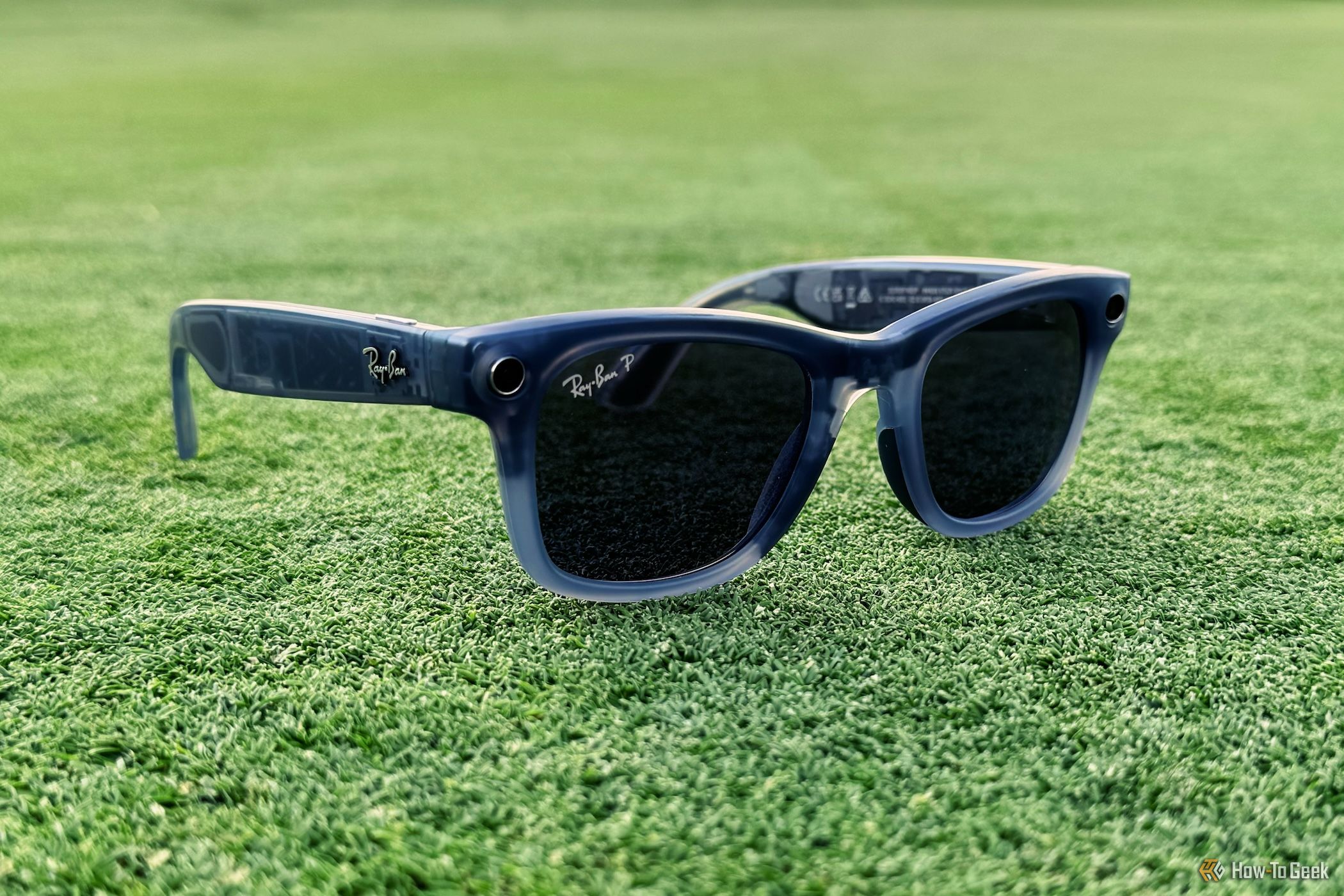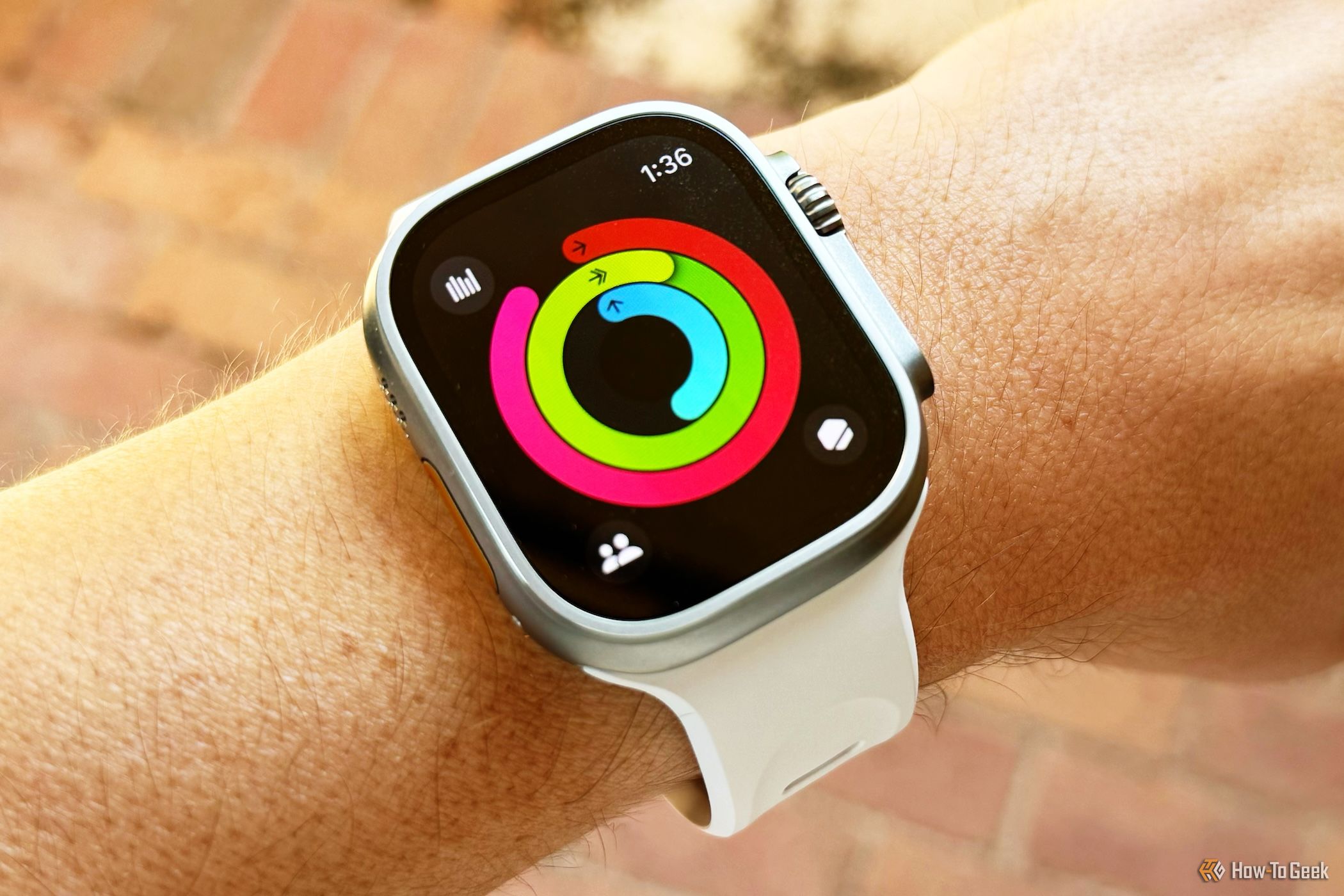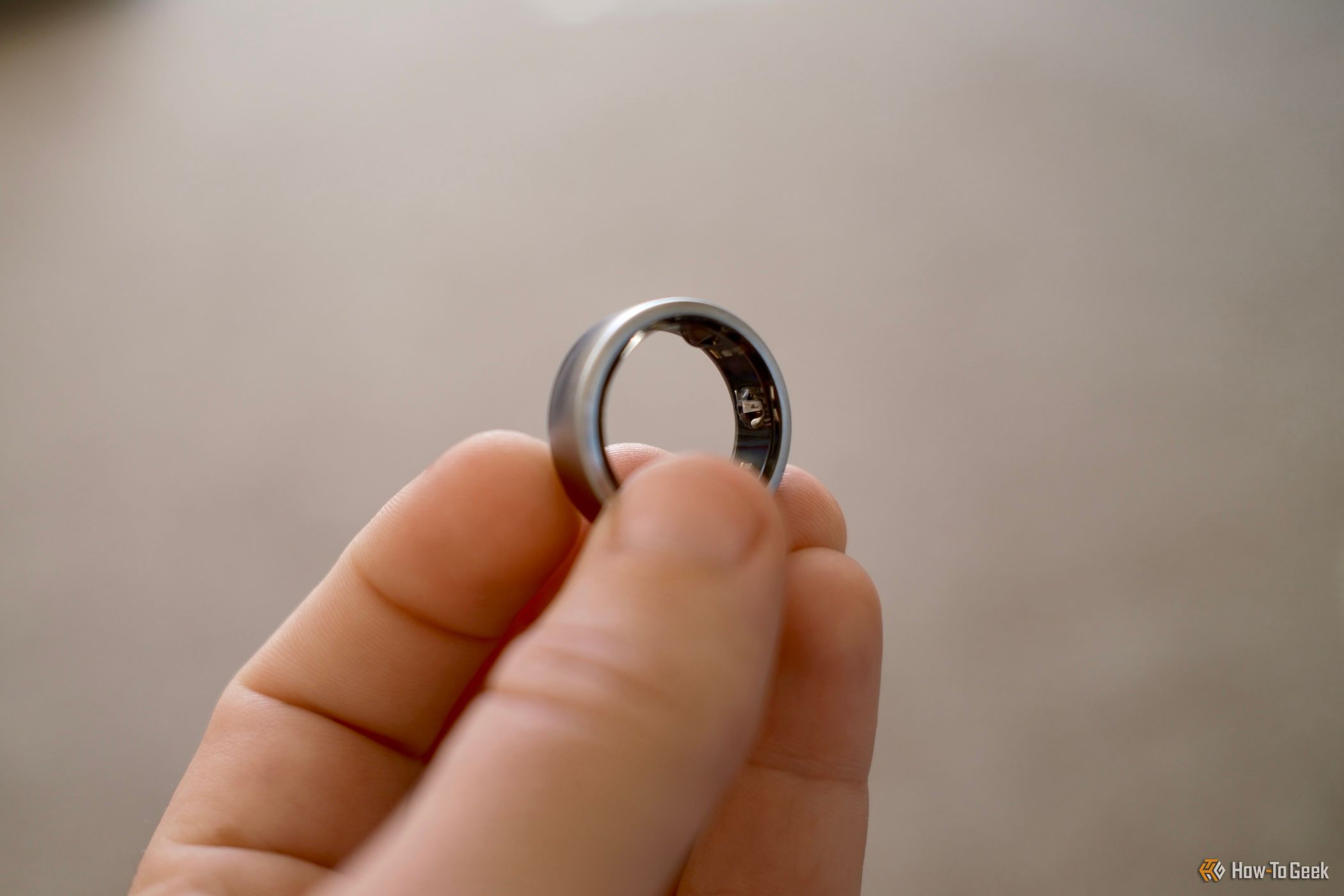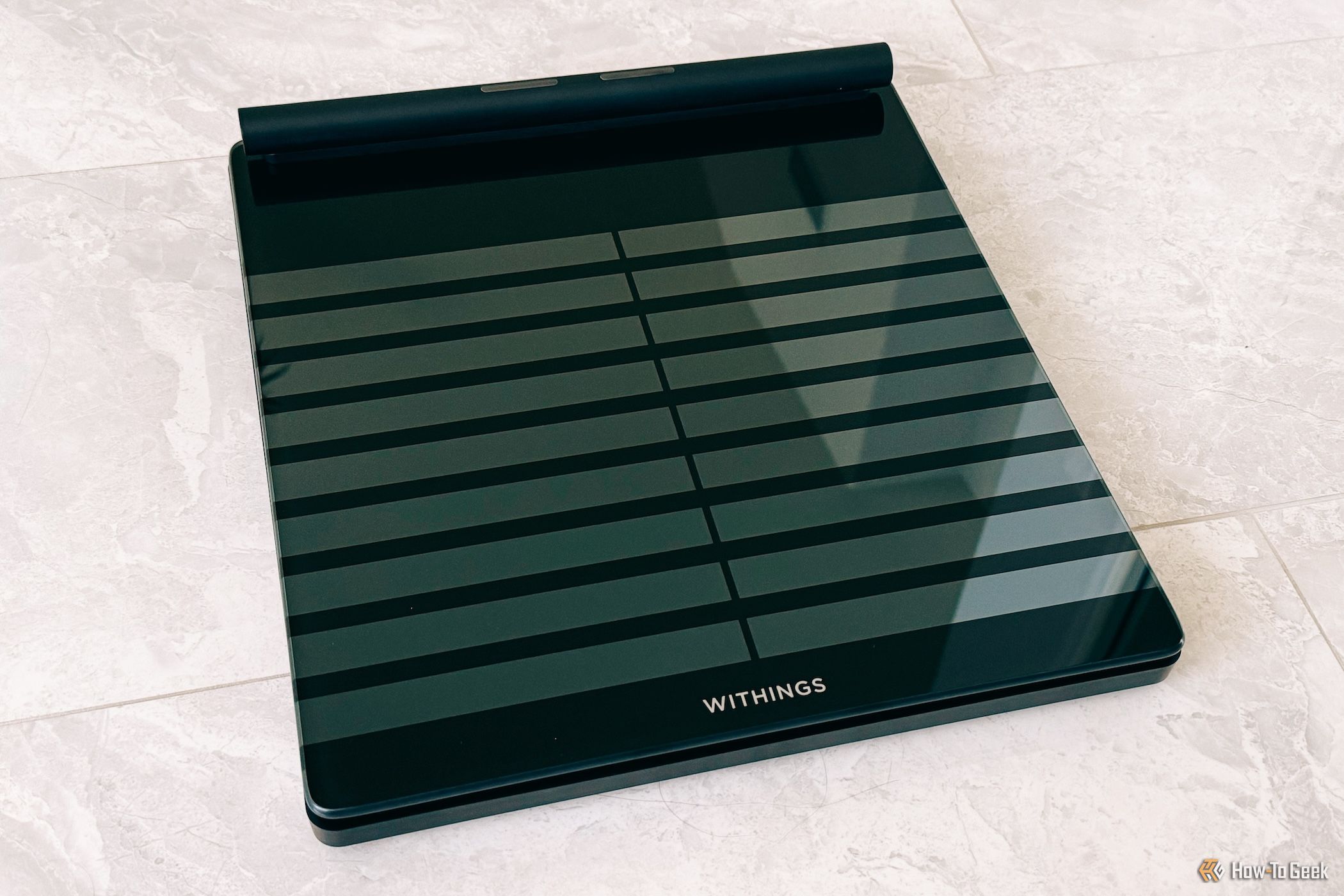Fitness
From Earbuds to Fitness Trackers, This Is the Tech I Use to Run 100 Miles a Month
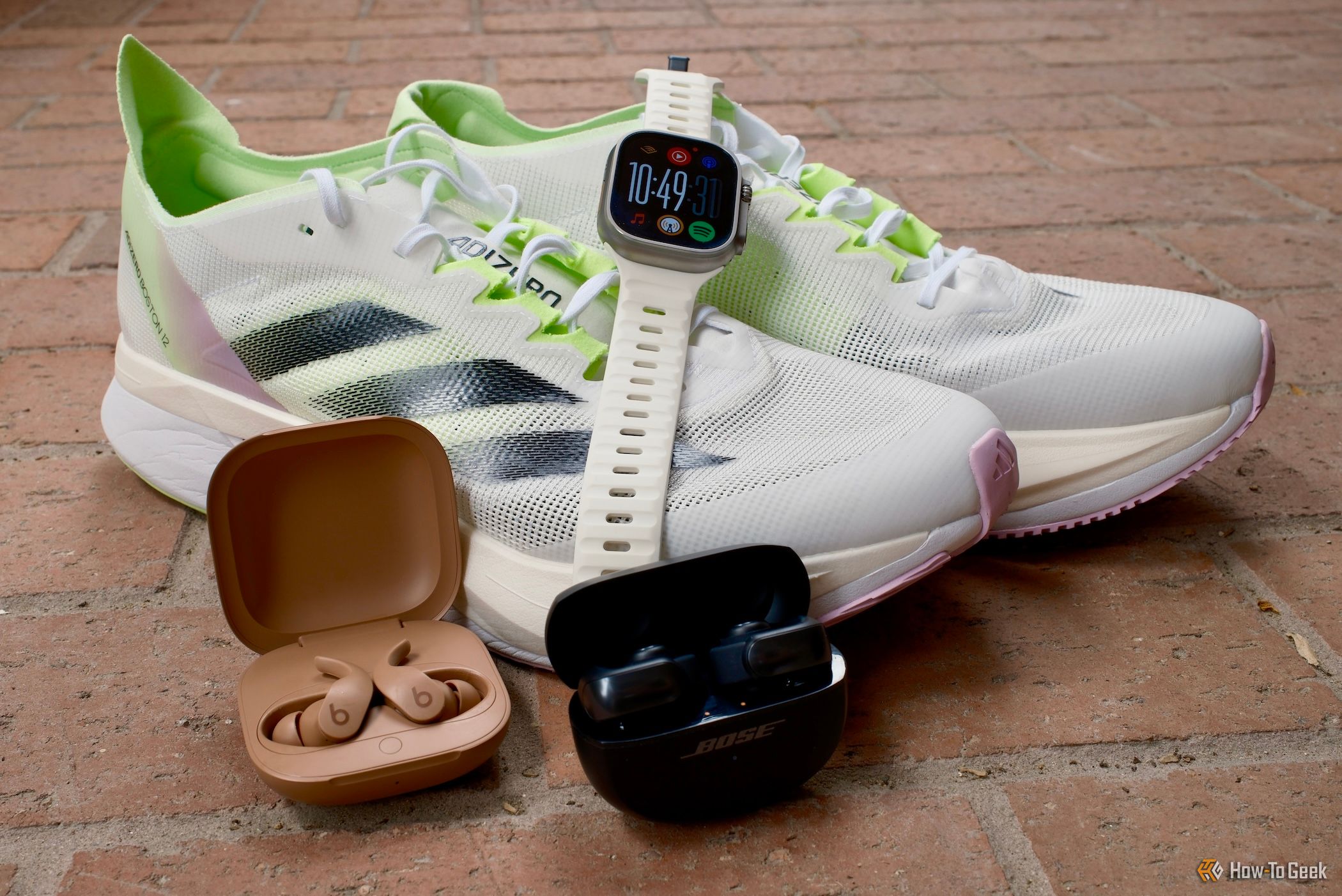
Quick Links
I started running seriously in 2020, but even before that, my music-playing Apple Watch and a pair of earbuds really motivated me to get outside more often. The gear you use can make a difference. Here are the products I use to run over 100 miles each month.
Headphones
Listening to audiobooks and podcasts has allowed me to stay productive while running daily. A good pair of earbuds that can do spoken word and music well is key. Since I run near busy roads I also like to make sure I can hear my surroundings.
Bose’s latest Ultra Open Earbuds don’t go inside your ear canals, they clip onto the sides and shoot the audio down into your ears. They get plenty loud and still have enough bass to make songs sound good, but mostly I like how invisible they feel on my ears. There’s no fatigue, and they don’t plug up my ears with sweat.
On the more traditional side, the Beats Fit Pro are probably the best all-around fitness earbuds I’ve tried—whether running or doing other intense exercise. The rubber wings keep them secure but aren’t rigid enough to cause ear pain. These earbuds have active noise-canceling technology, but I use them with the transparency mode turned on so they don’t block out too much of my surroundings. Whether I’m listening to spoken word or music, the audio is rich and full.
Since I run without a phone, I have no way to take photos while out running. If I’m somewhere unique, I like to use the Meta Ray-Ban Smart Glasses because they’re sunglasses, have a camera built-in, don’t plug my ears, and sound great. These won’t work for night running, but during the summer they merge two devices into one.
Wearables
I credit the Apple Watch’s run-tracking and activity rings for some of my early success. While I’m not running for the metrics, I do want to get credit for them if I’m doing physical work. The watch tracks a lot of data during my runs and then keeps it synced across my devices. The latest Apple Watch Ultra 2 has been great with its big and bright display and Action button for quick access to workouts.
In addition to the Apple Watch, I wear an Oura smart ring. The watch does a great job of tracking during my run, but the Oura ring is easier to wear at night to do sleep tracking. Because of that sleep tracking, it also does a better job of alerting me to if my body is ready for more or less exercise each particular day. Ideally, I wouldn’t need to wear two fitness trackers, but until one can cover it all there are enough features for each to justify wearing both.
If you do wear an Apple Watch for running or other exercise, I’ve found the Nomad Sport Band to be good at staying tight to monitor my heart rate, but also flexible and comfortable enough that I don’t want to take it off. I also haven’t had one be ruined by sweat yet.
While a digital scale isn’t directly tied to my running, I use one in combination with my daily fitness. Currently, I’m using the Withings Body Scan. For my more basic uses, it’s overkill, but if you do need to take an ECG regularly or monitor other advanced metrics, it works great.
I previously used the Withings Body Smart which is still advanced, but more reasonably priced. I like that Withings’ connected scales can automatically sync into Apple Health so that my weight and run data all magically intertwine.
On longer runs, I like Adidas’ Boston 12 shoes for their mix of cushion and propulsion. On shorter runs, I like Reebok’s FloatZig 1 because they’re very stable with an airy lightness.

